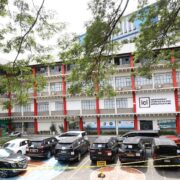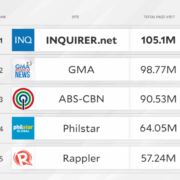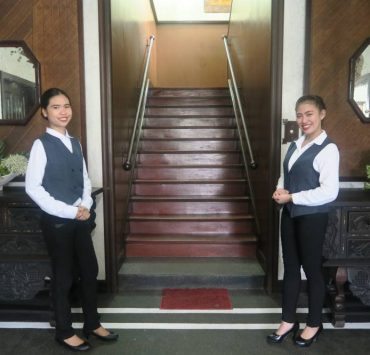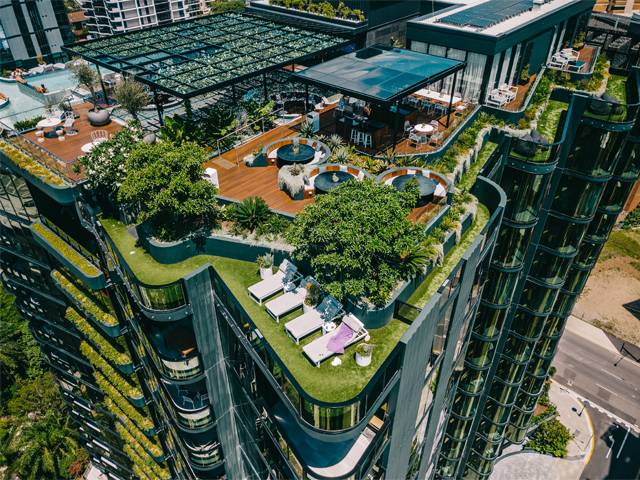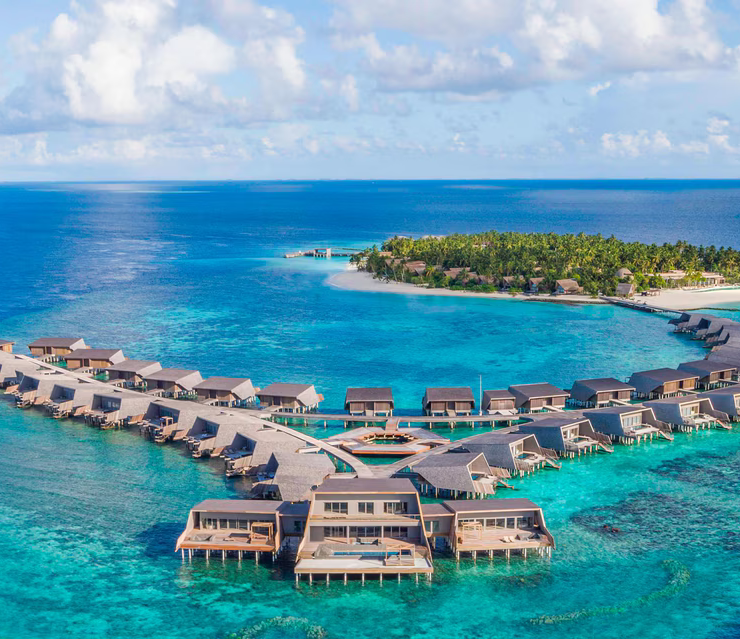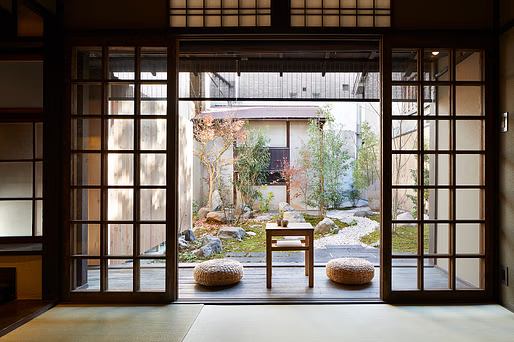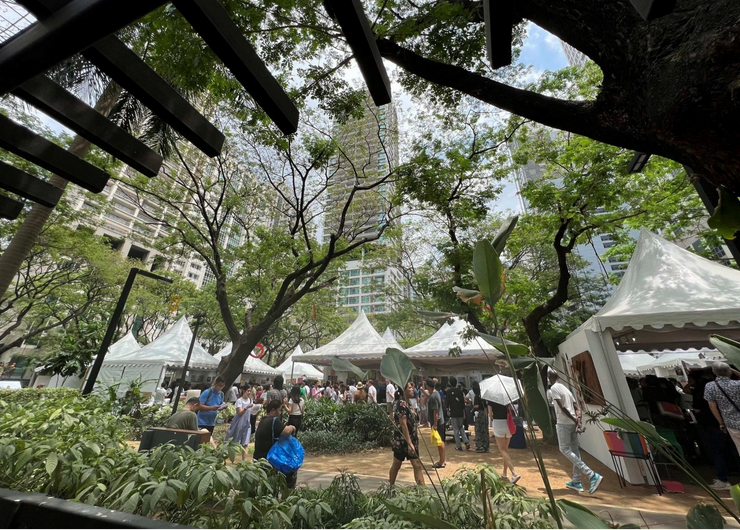International benchmarking for PH urban design
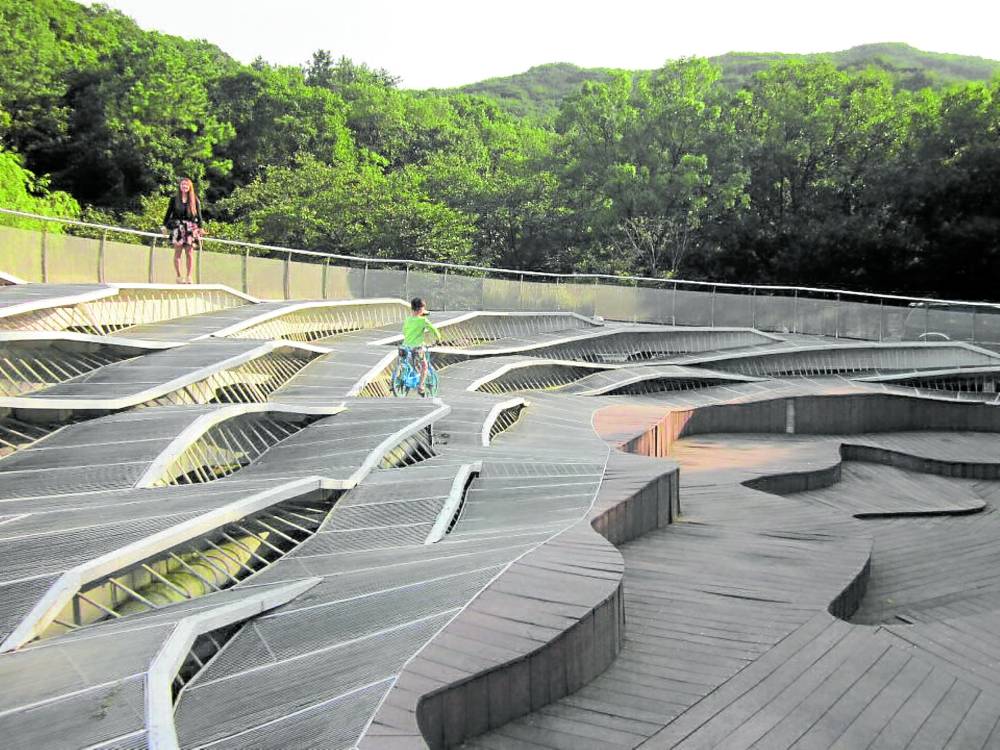
Livability and placemaking are urban design concepts that are derived from the confluence of geography, people variables, built elements and time factors.
Positive place associations result from the right mix of contrivance through intents-based planning and spontaneity allowed by people-place dynamics. Thirty-eight cities were selected to represent the different attributes that account for pleasant experiences in urban settings.
URBAN ECOLOGY
The urban form is the tangible manifestation of the complex morphological process that is shaped by opportunities and constraints. Rio de Janeiro’s urban geography has evolved with the landforms and water bodies as strong defining factors.
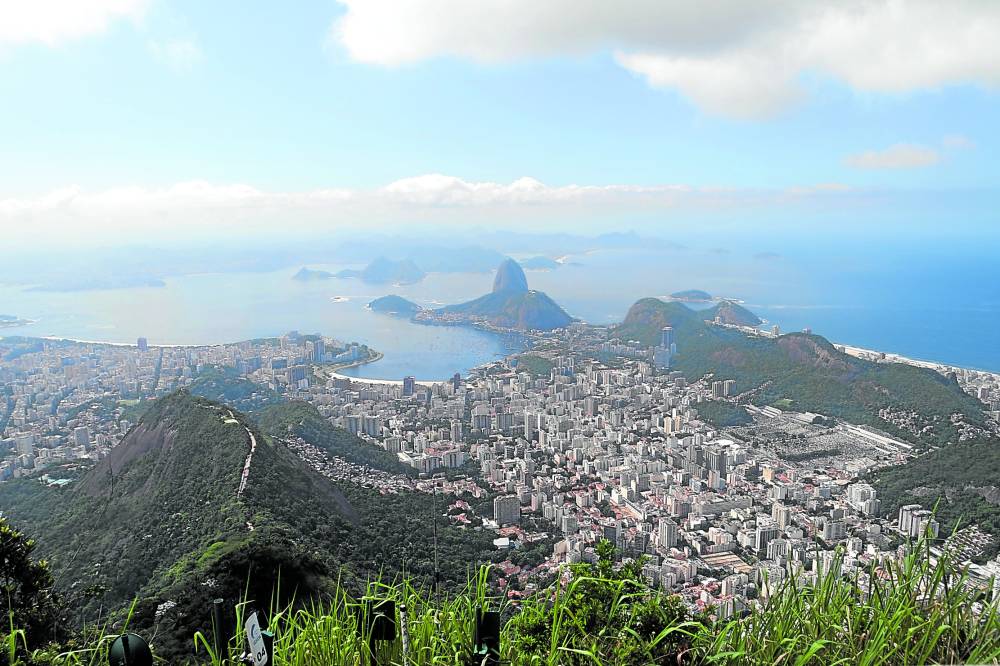
Towering above the city is the Christ the Redeemer statue that the dominantly Christian city population associates with. In between the rolling slopes are built-up areas that speak of site adaptation processes. The skyline is also defined by the favelas, or the informal settlements on the slopes which are connected by a cable car network.
Honolulu is another example of nature and the built form blending harmoniously to create visually memorable places. Waikiki district with the Diamond Head in the background and lush greenery in public spaces, collectively make for a functioning urban ecology.
The Waikiki Special District Design Guidelines direct development through urban design controls covering the streets, promenade, coastal setbacks, parks, public views, and pedestrian access (City and County of Honolulu, 2021).
WATER FEATURES
Venice remains resilient amid the challenges of global warming.
One of its most notable infrastructure projects, the Modulo Sperimentale Elettromeccanico or the MOSE is a system of submerged floodgates that may be remotely operated to protect the city from flooding (Tara, 2023).
Amsterdam is another city known for its winding canals and network of bridges that interface with bicycle and pedestrian paths. On top of the dike system, the city also increased the permeability of its land areas by freeing up what used to be built-up and impervious areas.
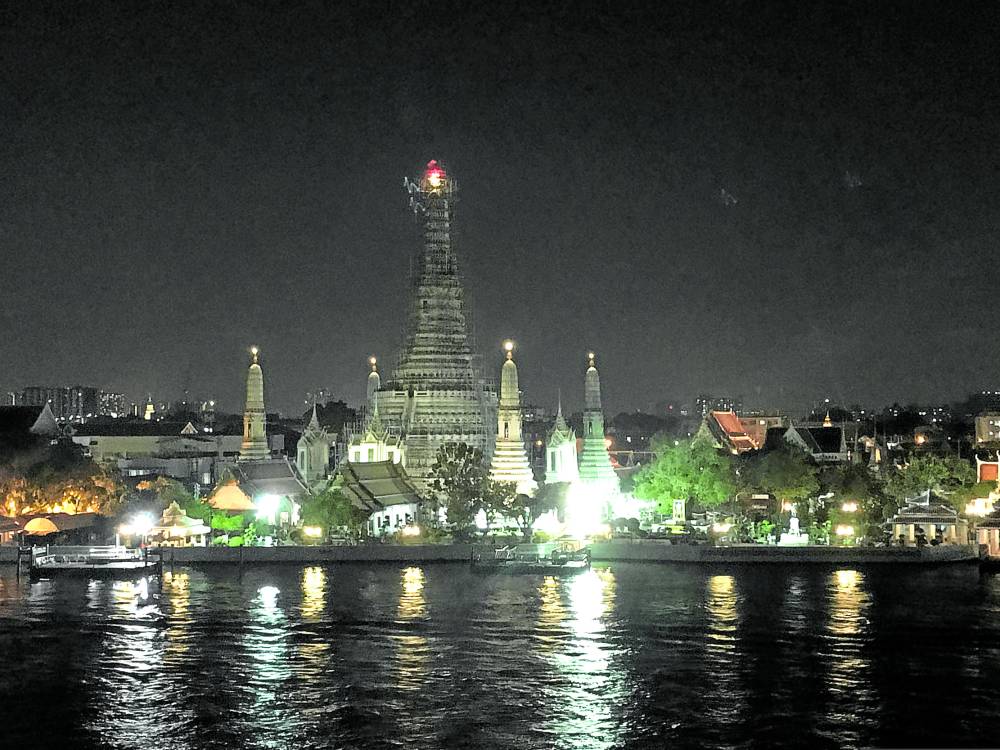
The City of Niagara Falls has developed in tandem with one of the most visited places on both the US and Canada sides. Tourism facilities that include single loaded corridor hotels overlooking the falls, security and safety systems, and food businesses define the city that draws people all year round. Bangkok has also addressed the challenges of low elevation through infrastructure interventions. The floating market, which attracts foreign visitors expresses the intent to capitalize on what was initially seen as a site weakness.
BRANDING AND MEMORABILITY
The aerial view of the historic center of Prague is recognizable due to the consistency in use of context-responsive architectural features. The assemblage of private and public spaces includes housing and government buildings that came with the transition from communism to a free market economy.
The Hausmann plan that underlies Paris largely explains the strong hierarchical features of the city. Paths radiating from social nodes with landmark structures, boulevards that connect parks with the densely built-up commercial and residential areas and carefully sited iconic cultural buildings all make up the urban spatial structure that features clarity in space cognition and interpretation.
Cities like Cologne and Taipei are among those that are strongly associated with their landmark structures. Cologne Cathedral and Taipei 101 represent two building eras but they both serve as anchors around which other urban spaces are organized. As the most visible and recognizable structures in the city, they enhance the urban dwellers’ sense of pride.
OLD AND NEW ELEMENTS
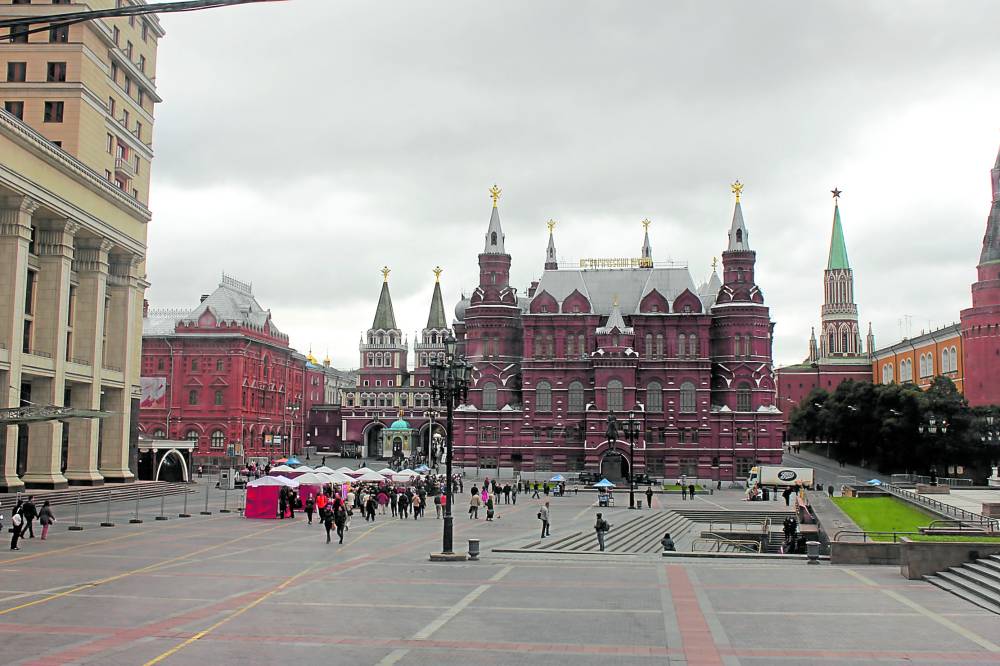
As cities continue to densify to embrace urbanization and globalization, the pressure to counter forces that erode cultural expressions become stronger. In Europe, Rome and Moscow represent two different historical legacies that the present generation continues to appreciate because of the cities’ heritage conservation efforts.


The Trastevere neighborhood in Rome hosts both the grand age-old structures and the outdoor dining and aperitivo culture in modern times.
Moscow’s Kremlin lies in the innermost of the city’s five ring roads. Commercial activities and chain stores are located in five levels of vast underground spaces to keep the architectural character of the historic center intact.
The South American Cities of Cuzco and Quito have heritage cores where building activities are strictly regulated. Cuzco continues to host local traditions and religious festivals while enhancing tourism. The jump-off point for the exploration of Machu Picchu remains as a quant railway-oriented place with small scale accommodation facilities.
Jeju City in the island located on the south of the South Korean peninsula is among the top tourist destinations of the country. The whole island which has been developed to cater to a myriad of activities is easily navigable due to its infrastructure provisions. Destination choices cover nature-based activities, heritage site walks, and modern lifestyle museum visits.
Ulleong on the eastside of South Korea is the loading point for people who wish to visit Dokdo island. In spite of the influx of tourists, this part of the country remains as a quaint fishing town.
LOCAL AND INTERNATIONAL INSTITUTIONAL PRESENCE
Cities exude authority, control and order through the high visibility of institutions. Stockholm is known for the Nobel Prize for Science Award ceremonies and banquets that are held in the City Hall and Concert Hall.
Pierre L’Enfant’s plan for Washington D.C. underlies the wide avenues, system of open spaces and visually powerful buildings. The neoclassical buildings representing the three branches of government and the other institutional buildings and monuments all project authority through deliberate design and planning.
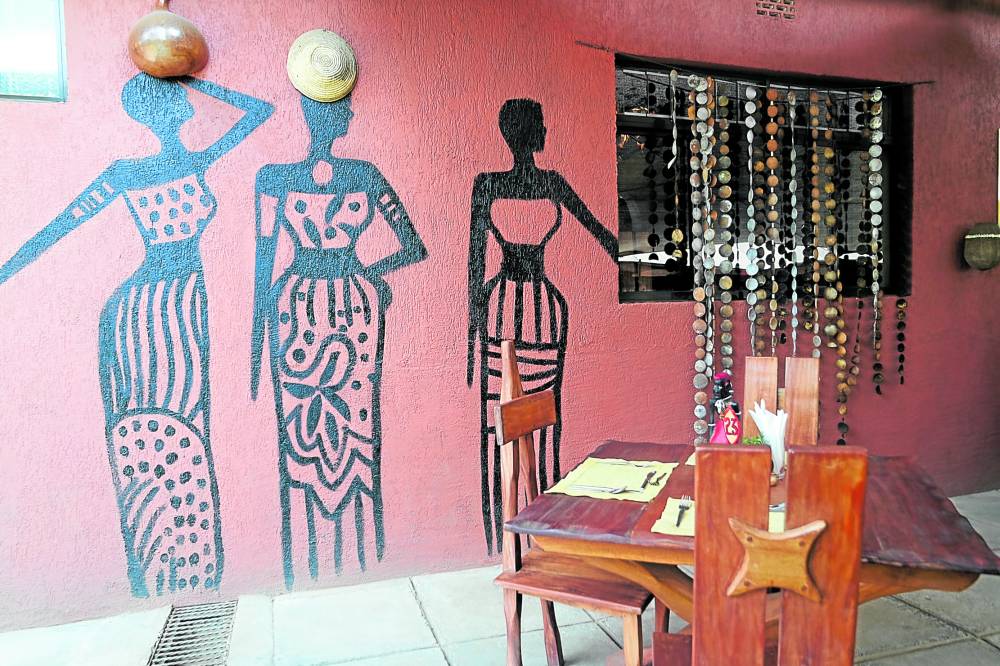
Nairobi Restaurant for international community
Nairobi is notable for the high density of international institutions such as the United Nations offices and non-governmental organizations. In this Kenyan capital, the Masaii culture is clearly expressed in architecture while making public spaces welcoming to the international community.
STREET LIFE, OPEN SPACES AND MOBILITY



Lucerne’s Chapel Bridge over River Reuss serves as a social fulcrum around which a multitude of daytime and nighttime activities are accommodated. The promenade which is lined with restaurants, cafes and buildings of interest makes walking in this pedestrianized old town center a pleasant experience.
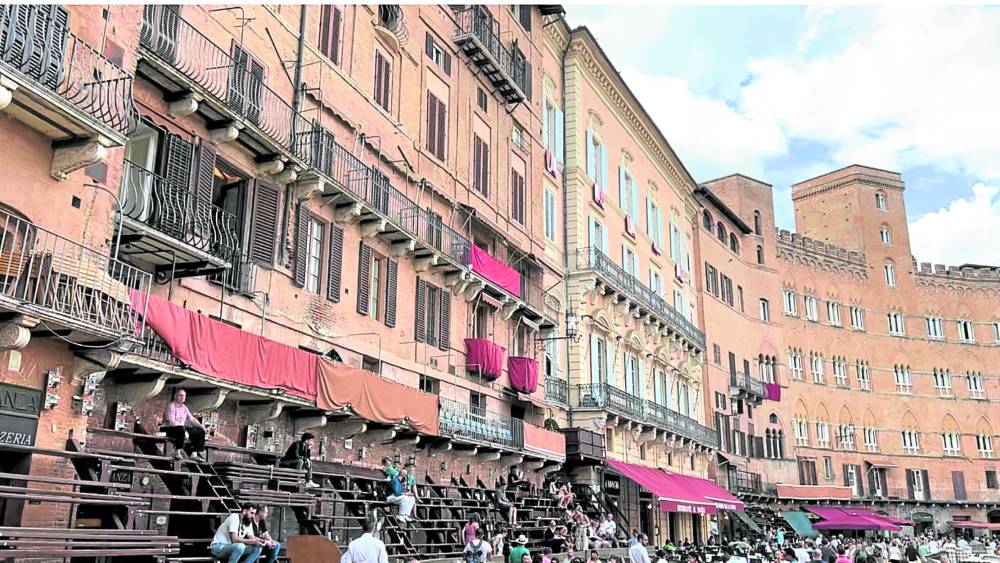
The renaissance Piazza del Duomo in Florence and mediaeval Piazza del Campo in Siena are surrounded by historical buildings that have witnessed changing socio-political dynamics over many centuries. The present-day plazas which host alfresco dining and outdoor activities attract people of all ages and social classes.


The compact spatial disposition of key functional zones in Zurich makes the city very walkable. The city is known to be a place where everything is accessible. The lake, forest, transport stations, and commercial areas are within easy reach. As a general rule, all residential areas are within a 200-meter distance to a transport node.
Going around on foot or on bicycles is a way of life in Copenhagen. Slow streets, bike lanes, green and connected paths are among the infrastructure provisions that encourage Danish people to choose these mobility modes (Thoem, 2023).
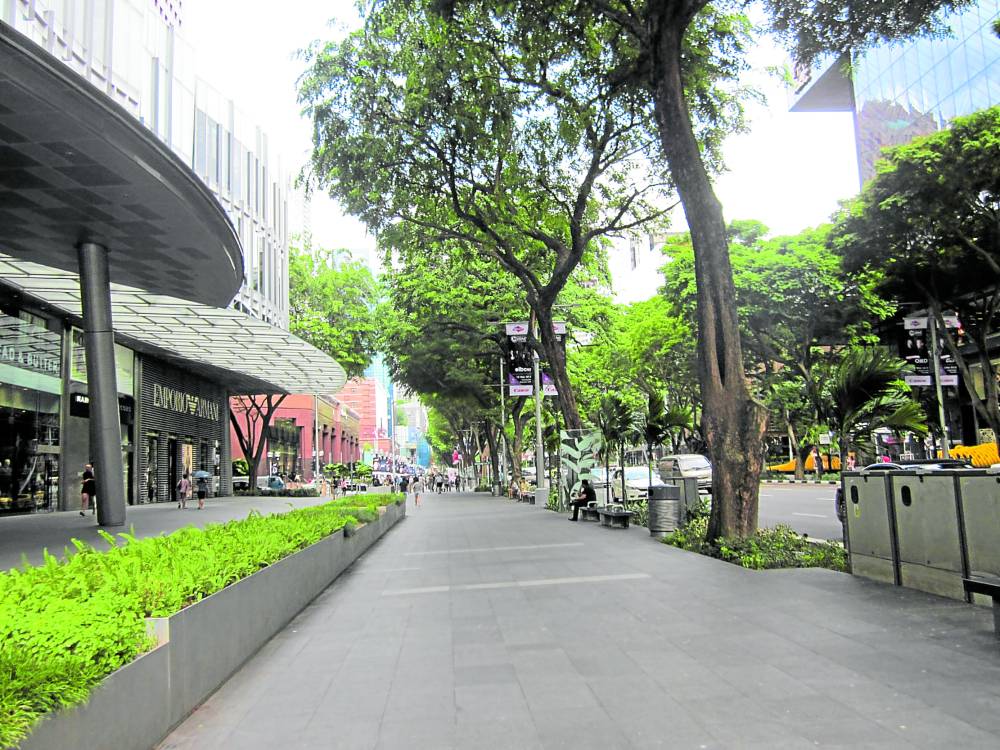
In Asia, Singapore is among the greenest cities with generous land allocation for open and vegetated spaces. Streetlife is rendered vibrant by the human-scale structures that can easily be accessed through public transportation.
DIVERSITY
London offers so many choices such that Samuel Johnson’s, “When a man is tired of London, he is tired of life” quote is still very relatable. Just like Manhattan, New York, it has many districts that are very imageable because of their distinct activity sets. Both cities have theater, financial, and market districts, among others.
Diversity in spatial features translates to an array of activities, goods and services. These cities are also among the most cosmopolitan with “holes in the wall” that cater to different cultural backgrounds. Diversity breeds a spirit of inclusion that is felt in other cities such as Toronto which is a melting pot of culture and Busan which is known for international conventions. Interactive communal spaces that engage the public promote convergence and cooperation.
DIGITALIZATION AND URBAN MANAGEMENT
Technology development and application drives urban planning in Seoul, Incheon and Tokyo. Managing day to day affairs to long-term planning are activities that are based on data science. Evidence-based policymaking and project implementation are supported by information technology infrastructure.
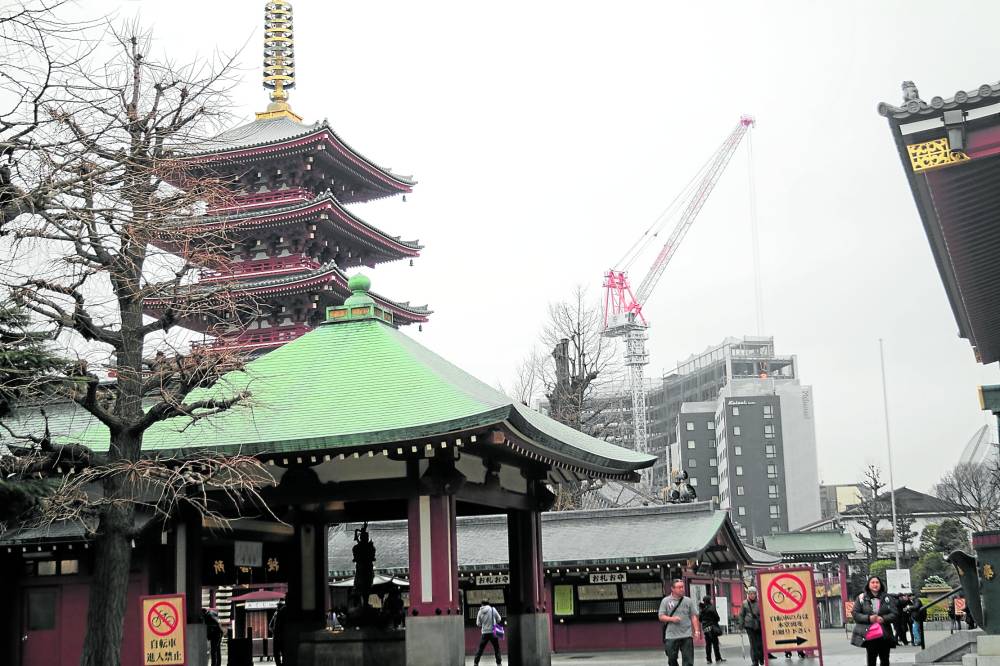
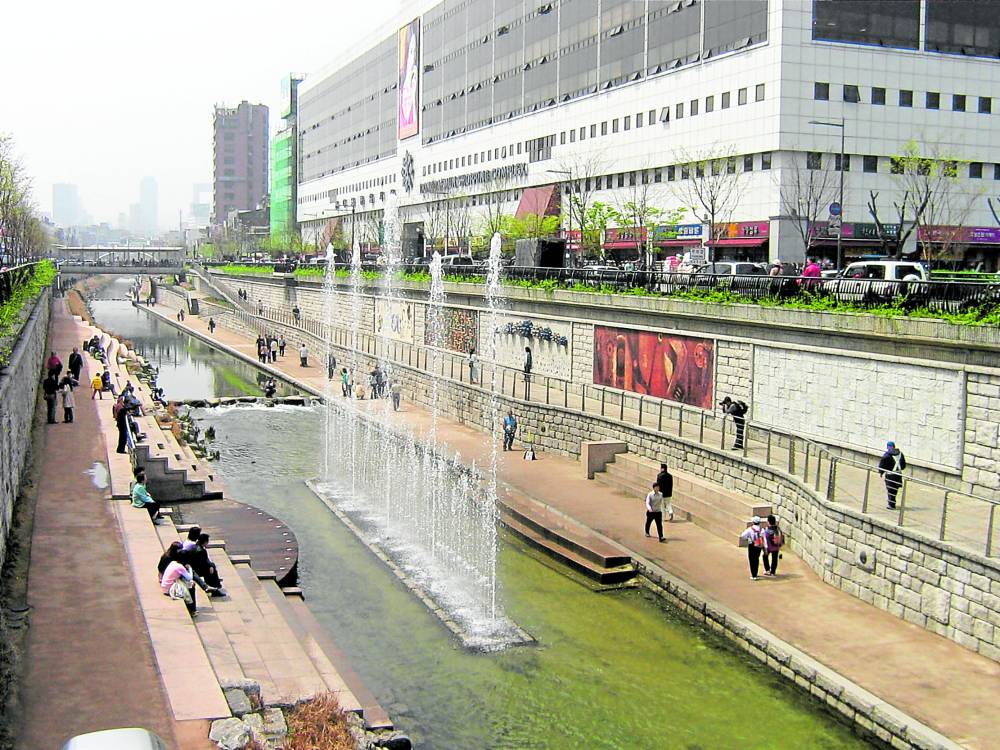
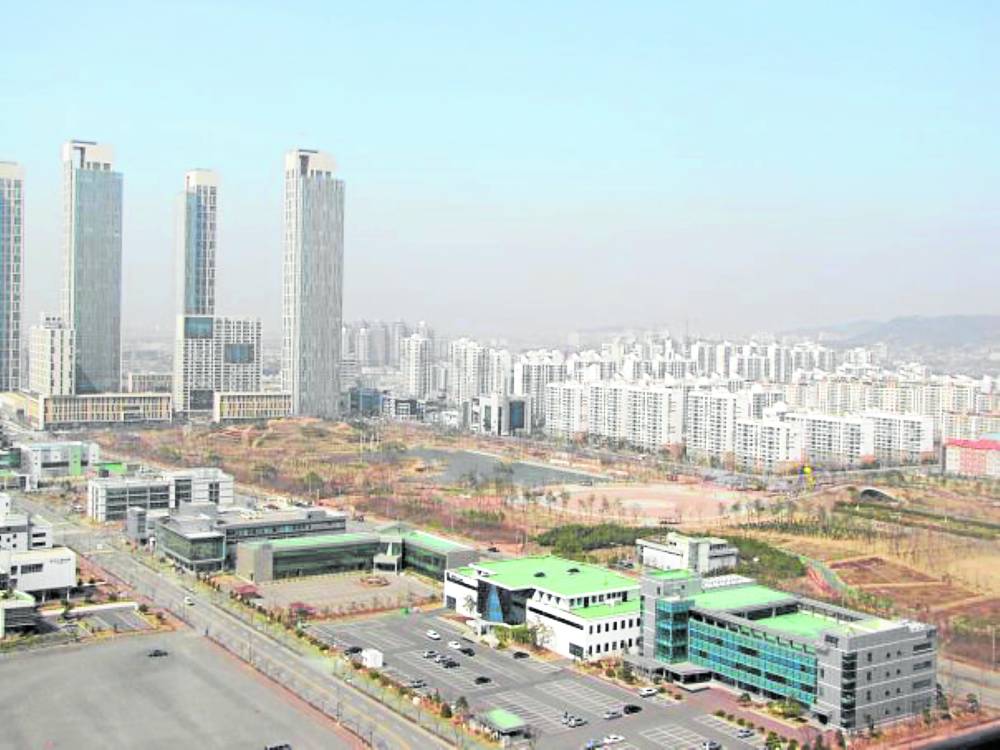
Quantitative modeling and digital platforms for disseminating information underlie the efficient delivery of basic services. Urban management approaches making use of digital city twinning allow iterations that inform investments and budget allocations. Smart building and development principles are used for energy resources and environmental management.
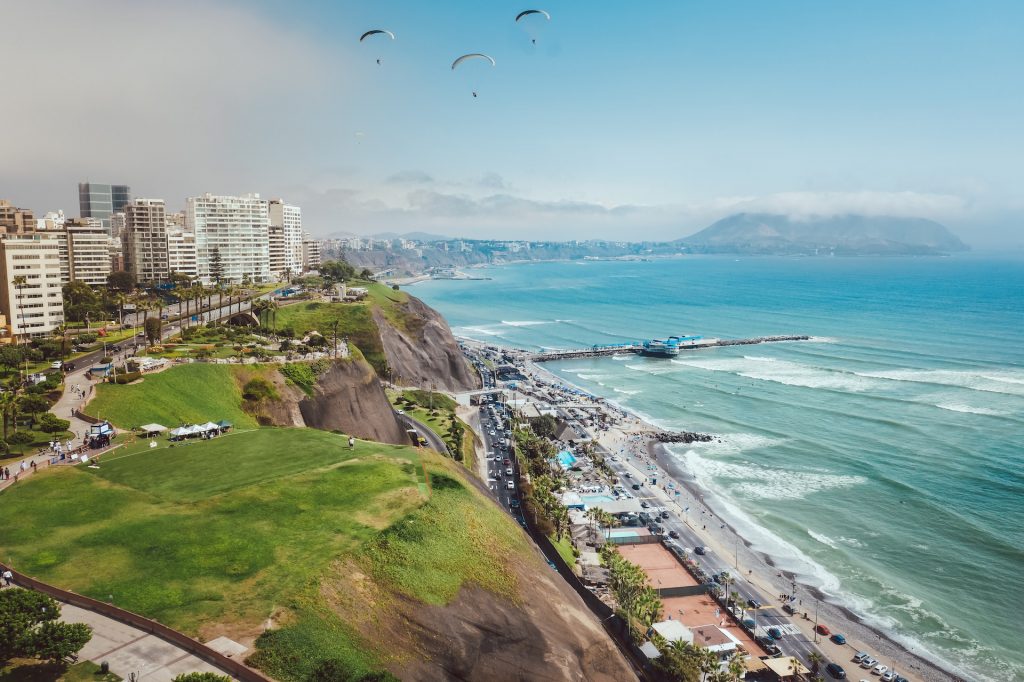
Disaster risk management as one component of urban management also taps digital technology in earthquake risk prone cities such as Amagasaki. Digital management strategies are coupled with location choices in Lima. Milaflores, which is Lima’s new city, is perched on a cliffside location and is adequately set back from the coast.
ART IN THE CITY
The city as an engine of wealth creation thrives on efficiency and revenue generating spaces. Urban aesthetics adds to the economic value of cities as seen in cities such as Penang which is known for its street art and murals.

Anyang Art Park, Anyang, South Korea
Anyang is known as an Art City, where interactive public art interfaces with infrastructure. Vienna is promoted as the music capital of the world. The Millennium Park in Chicago features public art that draws people to this public realm that connects to the Lake Michigan waterfront area via the sculptural bridge designed by Architect Frank Gehry.



While it is not possible to find perfectly planned and flawlessly functioning cities, the Philippines can draw concepts from various precedents in other countries. We can innovate and critically apply some of these learnings by ensuring that they are processed to fit our local context.
References:
City and County of Honolulu Department of Planning and Permitting. (2021). Design Guidelines Waikiki Special District; Thoem, James. (2023). What makes Copenhagen the world’s most bicycle friendly capital?. www.visitcopenhagen.com; Tara, Roopinder. (2023). Venice’s Tide Barrier Has Already Cost 6 Billion Euros- Will it Work? www.engineering.com
The author is a Professor at the University of the Philippines College of Architecture, an architect and urban planner



